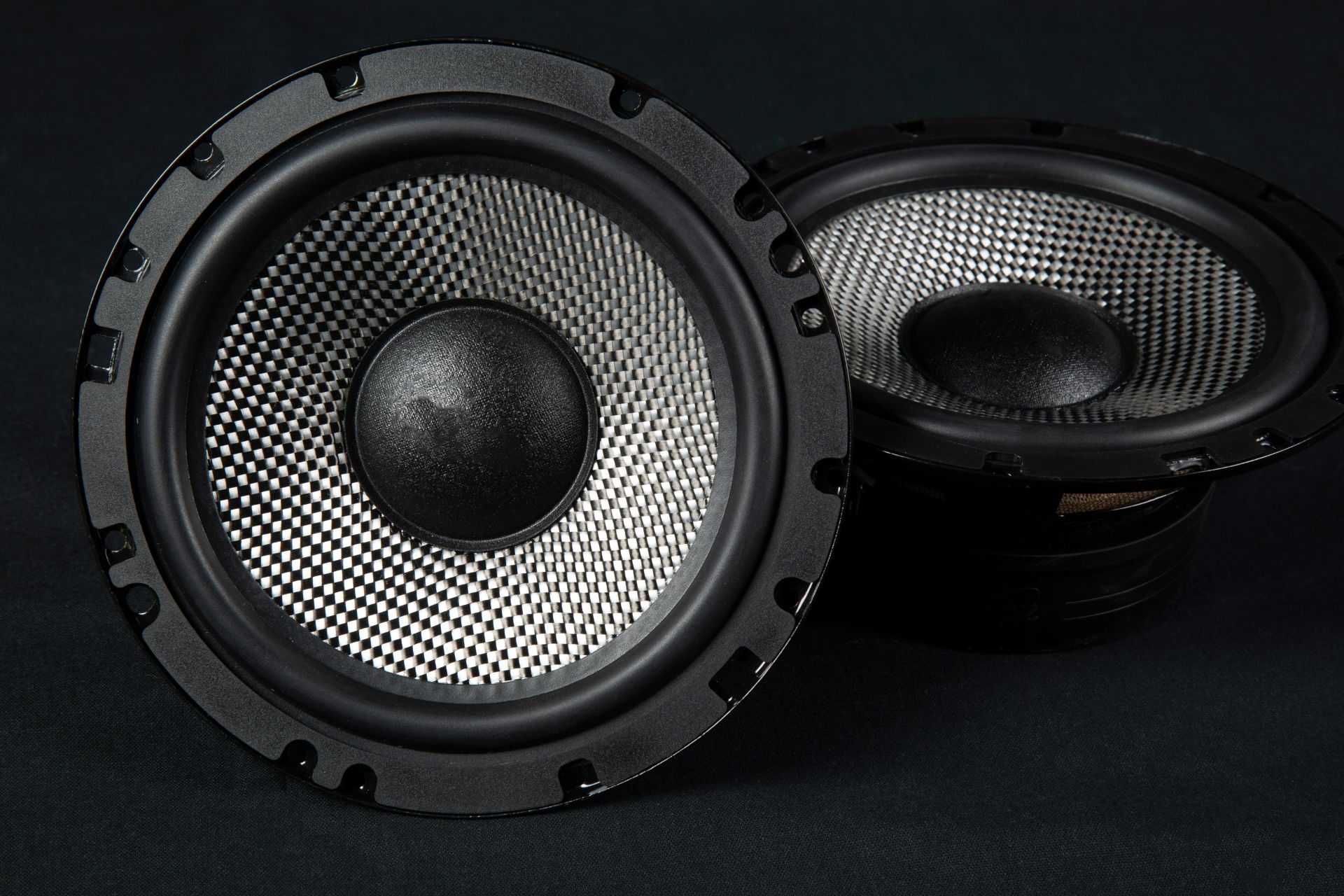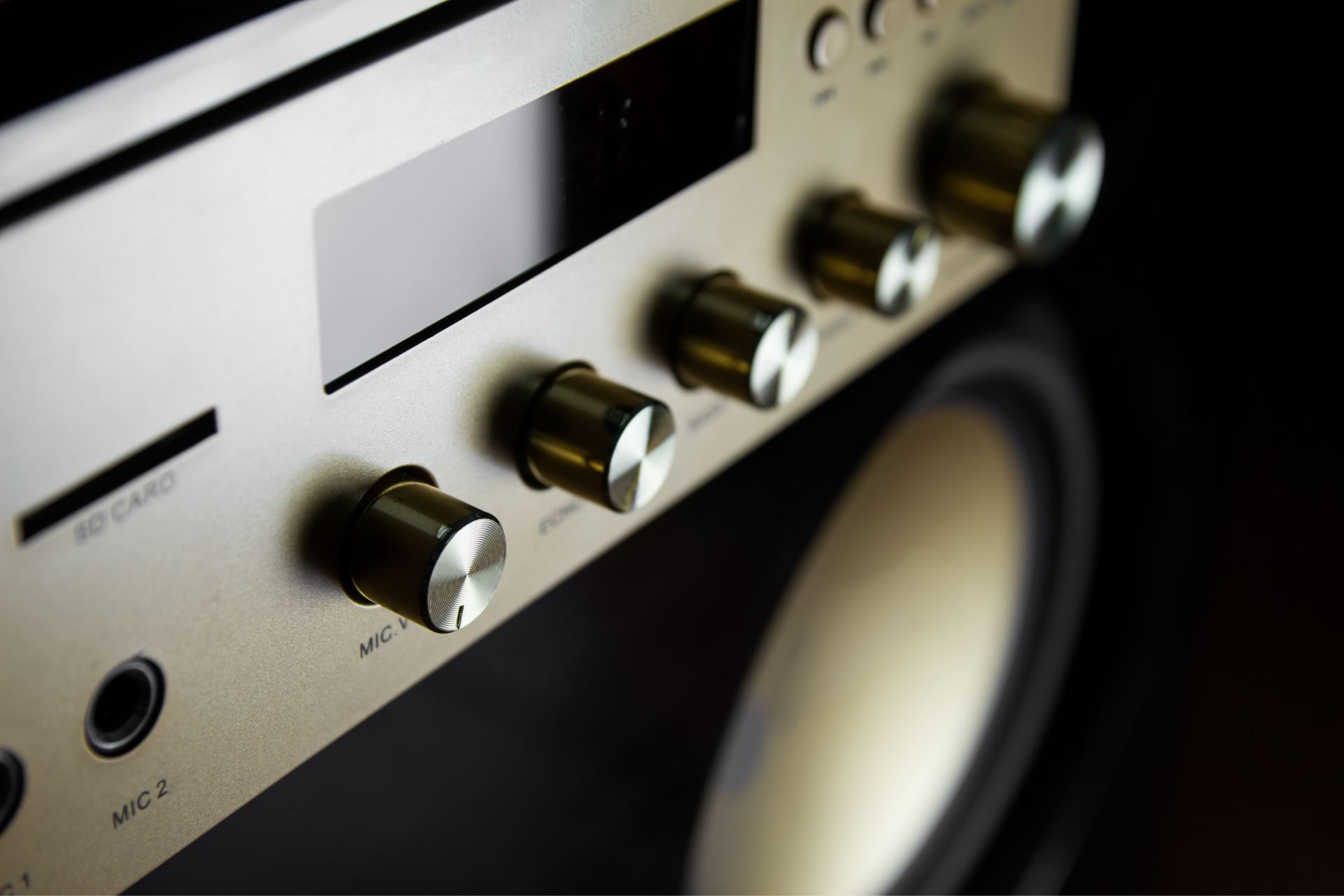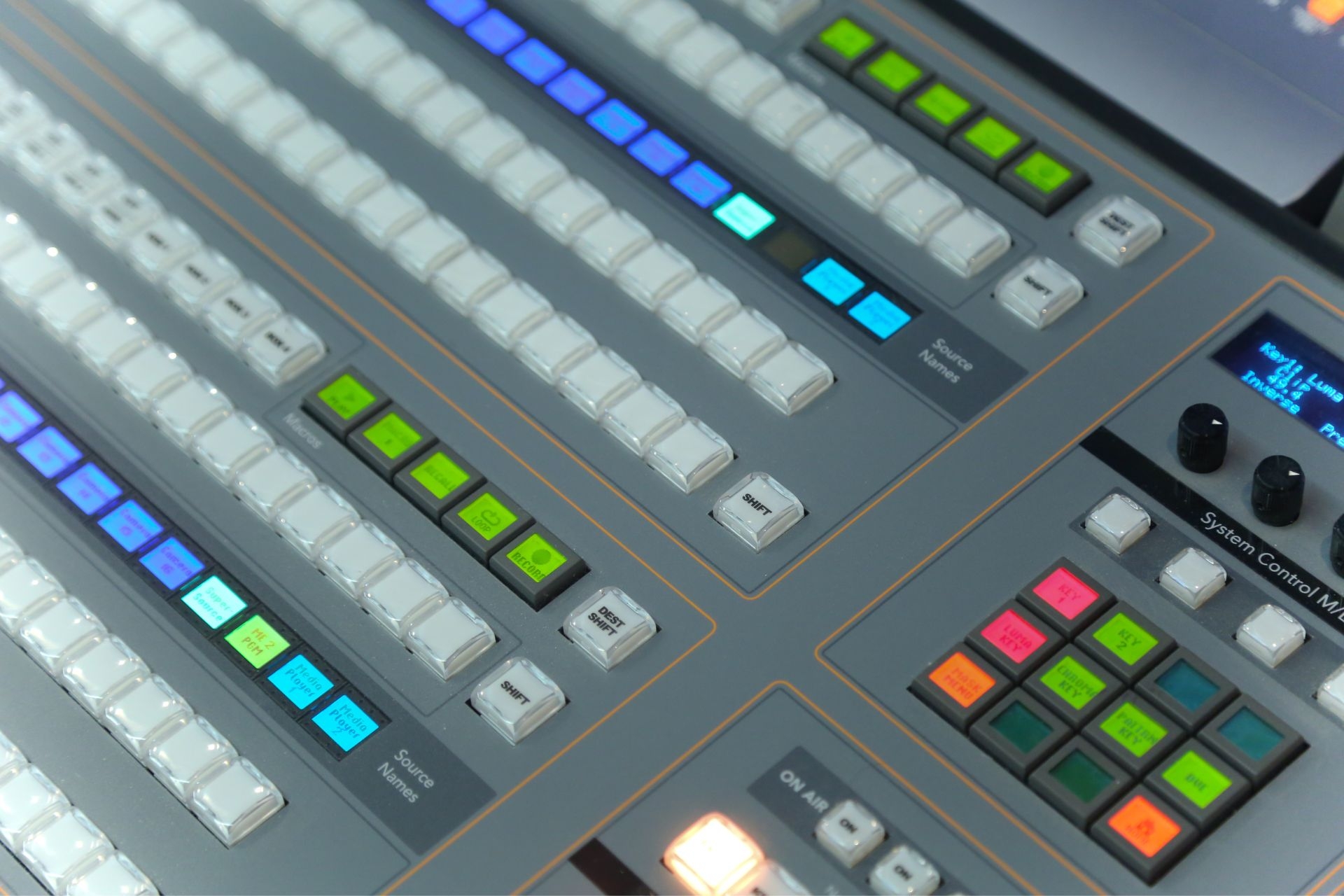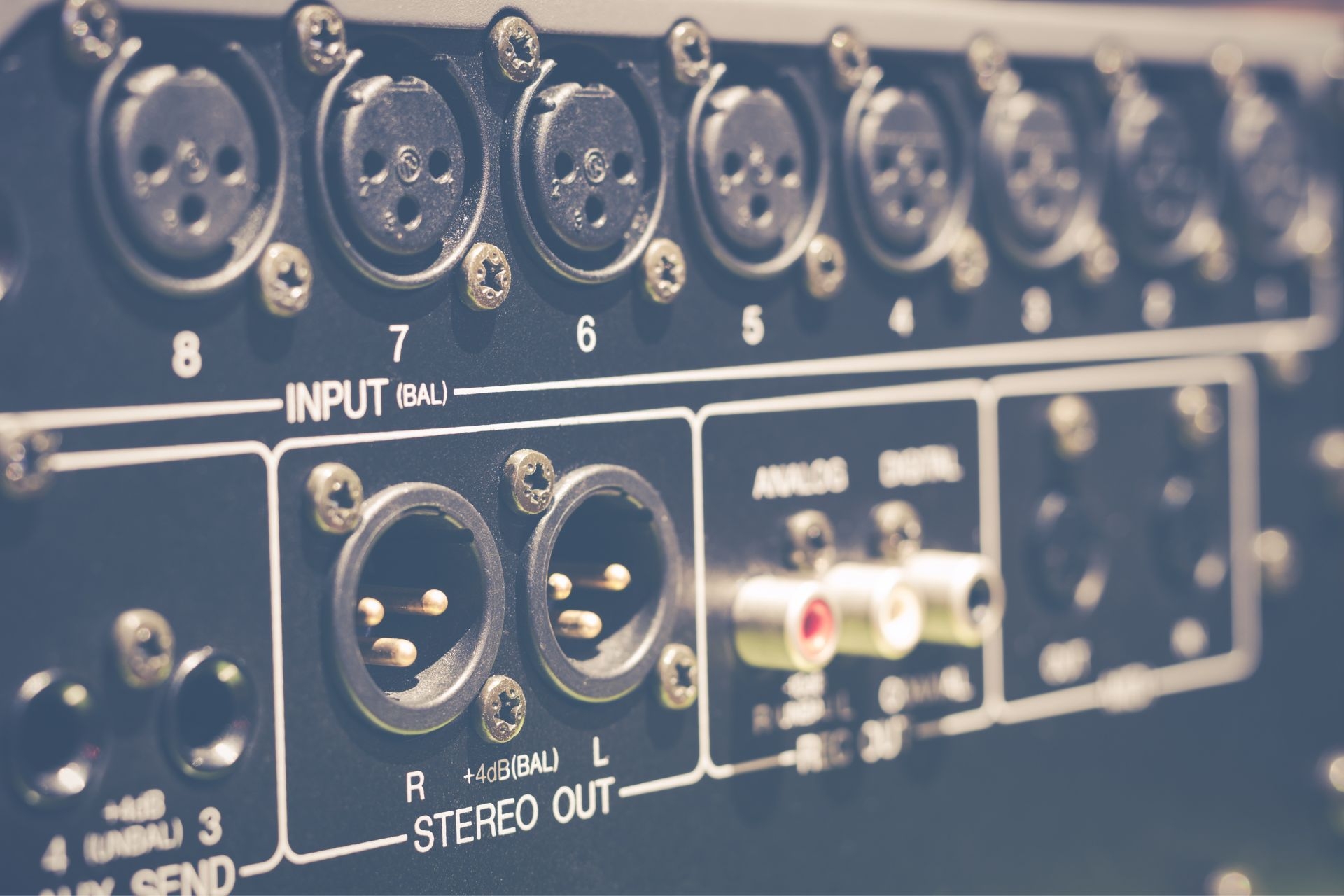Retail Shelf-Mounted Cameras
How do shelf-mounted cameras help retailers monitor inventory levels in real-time?
Shelf-mounted cameras are essential tools for retailers to monitor inventory levels in real-time. By strategically placing cameras throughout the store, retailers can capture footage of shelves and products, allowing them to track stock levels accurately. This real-time data enables retailers to quickly identify low stock items, replenish inventory, and avoid stockouts, ultimately improving customer satisfaction and maximizing sales.



